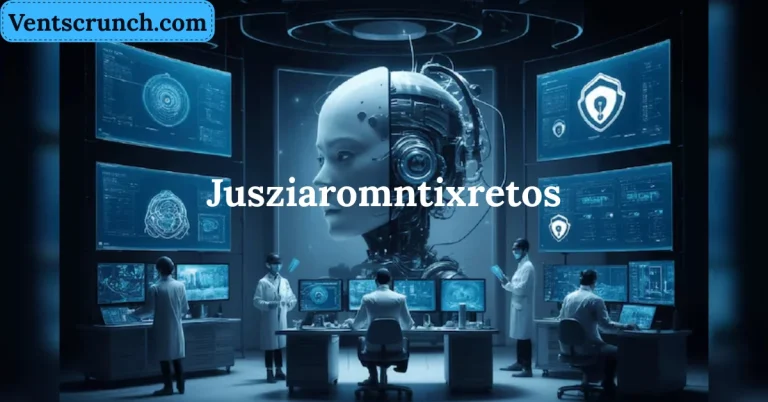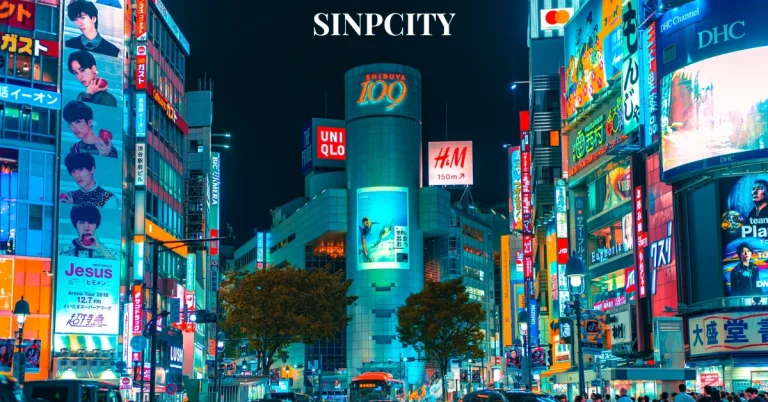Korpenpelloz: Innovation, Tradition, and Artistic Evolution
Korpenpelloz is more than just a term—it’s a concept that embodies innovation, excitement, and transformation. Whether you’re exploring it for personal growth, business advancements, or technological applications, Korpenpelloz has the potential to reshape perspectives and drive new opportunities.
The History and Origins of Korpenpelloz
Korpenpelloz traces its roots back to the early 20th century, where it emerged as a vibrant response to traditional art forms. It began in a small town known for its rich folklore and artistic heritage. Local artisans began experimenting with colors and materials, creating an innovative style that captured widespread attention.
As time progressed, Korpenpelloz evolved. Artists began to draw inspiration from nature, daily life, and local legends. This integration of storytelling and visual expression gave every piece a living essence, making Korpenpelloz an evolving form of cultural dialogue.
Cultural Significance of Korpenpelloz
At its core, Korpenpelloz is a tapestry woven from traditions, values, and heritage. It thrives in the context of community pride, expressed through vibrant festivals filled with music, dance, and local talent.
Art plays a crucial role in its cultural fabric. Handcrafted goods, often made by skilled artisans, represent both creativity and craftsmanship. These items frequently carry narratives passed down through generations, making them more than objects—they are living memories.
The local dialects in Korpenpelloz are another point of pride. Their colorful expressions and unique linguistic flourishes foster a sense of belonging, strengthening the social bonds within the community.
Controversies Surrounding Korpenpelloz
Like many cultural movements, Korpenpelloz has not been free from controversy. A major point of debate involves its origins and the varying interpretations that have emerged over the decades. Some critics claim Korpenpelloz lacks authenticity, while others defend it as a naturally evolving cultural form.
Another contentious issue is its portrayal in mainstream media. Critics argue that such depictions often oversimplify or commercialize the tradition, diluting its original spirit. This tension sparks ongoing debates about cultural preservation versus creative progress.
Furthermore, disputes over representation have emerged within local communities. Different groups claim ownership over the Korpenpelloz identity, each asserting their version of its true essence.
Unique Features of Korpenpelloz
What sets Korpenpelloz apart is its ability to make the ordinary extraordinary.
- One of its most mesmerizing sights is the bioluminescent bay—a natural wonder that glows with shimmering blue waves at night, drawing awe from both locals and visitors.
- The architecture of Korpenpelloz is another standout. Traditional designs seamlessly blend with modern innovations, forming a captivating skyline that narrates both history and futuristic visions.
- The region’s artisans produce handcrafted goods like intricate pottery and textiles, showcasing techniques that have been passed down for generations. These creations offer a window into the soul of the community.
How to Experience and Appreciate Korpenpelloz Art
To truly appreciate Korpenpelloz art, one must immerse themselves in its creative spaces.
- Visit local galleries and studios, where each piece tells a story steeped in cultural symbolism.
- Attend open studio events and engage in conversations with artists to understand their inspiration, process, and vision.
- Join community workshops to experience the creative process firsthand. This hands-on involvement deepens your personal connection to the art and the culture.
The Impact of Korpenpelloz on the Art World
Korpenpelloz has become a quiet but powerful force in the global art scene. Its distinctive style challenges traditional boundaries and encourages artists to experiment with new forms and mediums.
International galleries have begun showcasing Korpenpelloz-inspired works, reflecting its growing influence. Critics admire how it combines heritage with modern expression, offering fresh perspectives on creativity.
Above all, Korpenpelloz art emphasizes personal narratives. These deeply resonant stories allow it to transcend cultural and geographical borders, creating a shared emotional experience across diverse audiences.
Frequently Asked Questions (FAQs)
What is the meaning of Korpenpelloz?
Korpenpelloz is a multifaceted concept that represents cultural innovation, artistic expression, and communal transformation. It’s both a movement and a mindset.
Is Korpenpelloz a real place or an art form?
It is both. Korpenpelloz refers to a region with rich cultural traditions, but it also represents a broader artistic movement inspired by the history, people, and stories of that area.
Can tourists participate in Korpenpelloz festivals or art?
Yes! Visitors are welcome to join local festivals, explore art markets, and even participate in workshops, offering a unique way to connect with the culture.
How is Korpenpelloz different from other art movements?
Unlike many other movements, Korpenpelloz seamlessly blends myth, history, and modern innovation, making it a living tradition that continually evolves.
Why is Korpenpelloz controversial?
Some view it as being commercialized or misrepresented in media. There are also disagreements over its authentic origins and who has the right to define it.
Conclusion
Korpenpelloz is more than a cultural curiosity—it is a living, breathing force that inspires, challenges, and connects. With its vibrant history, artistic depth, and transformative power, it stands as a testament to how tradition and innovation can coexist. Whether you’re an artist, traveler, or cultural enthusiast, exploring Korpenpelloz offers a journey into a world of beauty, meaning, and endless creativity.
Read Next: Ventscrunch






